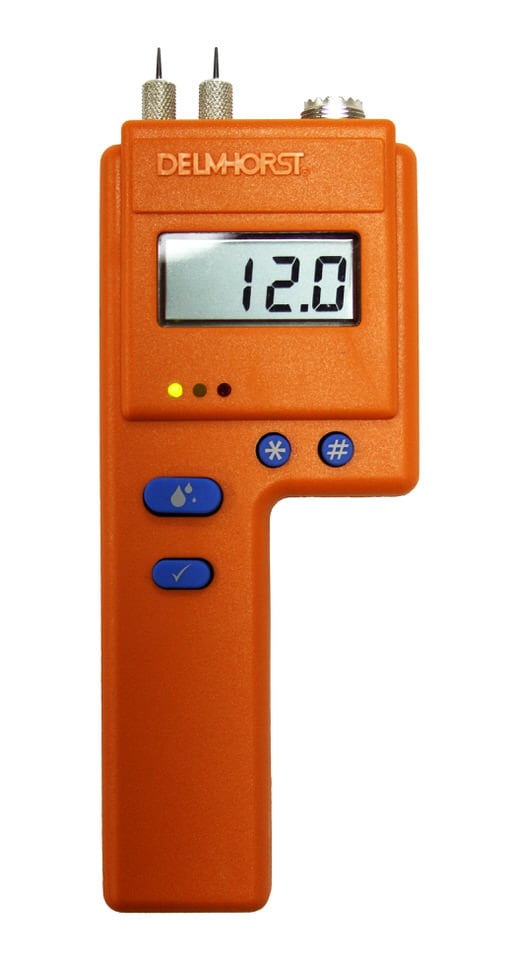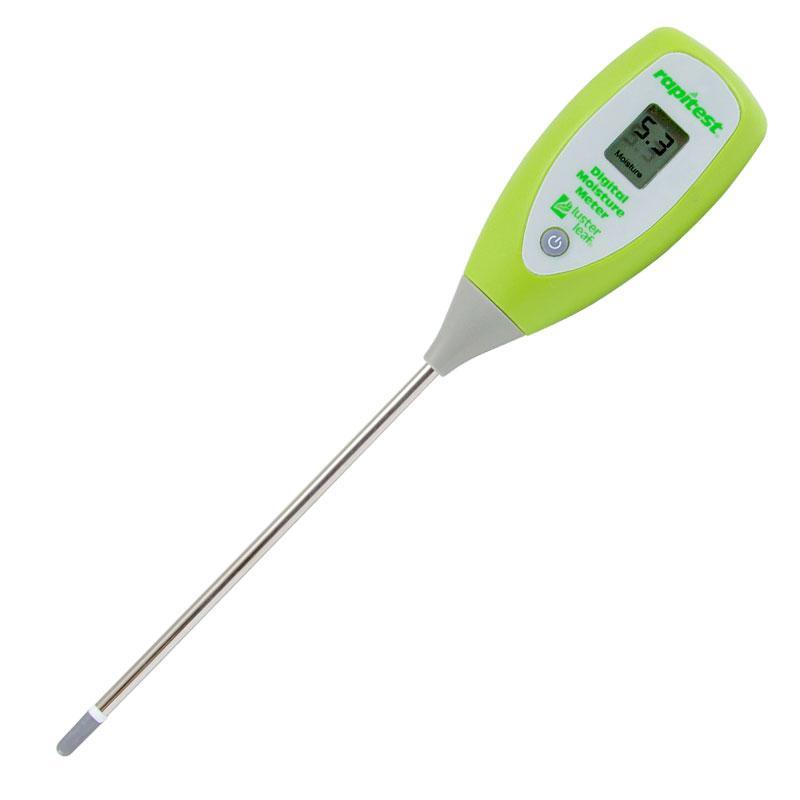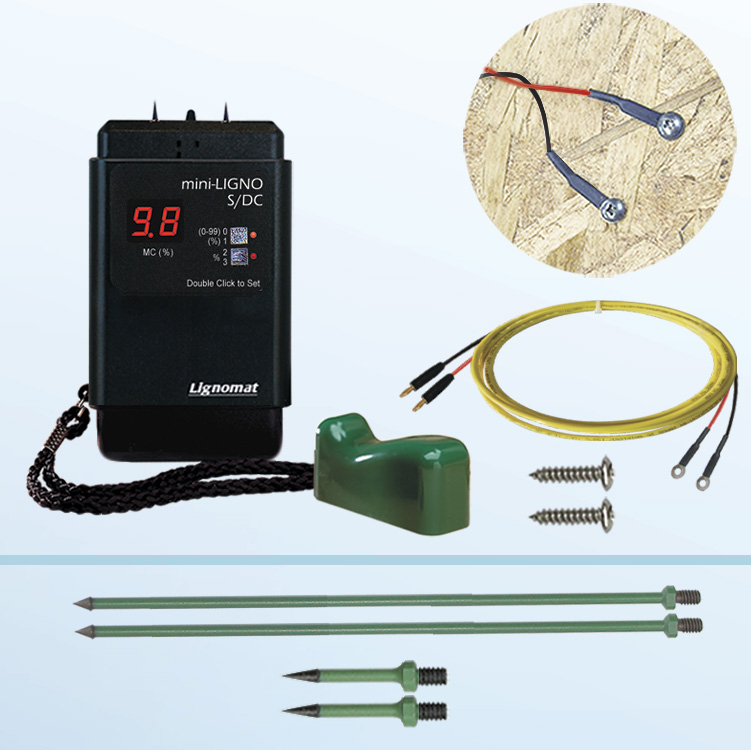Just how to Utilize a Moisture Meter to Discover Covert Water Damage in Your Building
Just how to Utilize a Moisture Meter to Discover Covert Water Damage in Your Building
Blog Article
Recognizing the Importance of a Moisture Meter in Avoiding Mold and Water Damage in Your Home
In the realm of home maintenance, the visibility of dampness can typically be a silent yet awesome enemy, with the ability of triggering prevalent mold and mildew growth and perilous water damage if left uncontrolled. Among the peaceful atmosphere of a home, hidden moisture concerns can make below the surface area, presenting a risk to both home and wellness. Nevertheless, geared up with the right tools and knowledge, house owners can proactively battle these prospective threats. Comprehending the importance of a dampness meter in this battle is not merely an alternative yet a critical necessity.
Significance of Moisture Discovery
Reliable dampness detection methods are crucial for protecting residential properties and avoiding potential mold and mildew development and water damages. Wetness can leak into numerous building materials, causing architectural issues and health dangers. By using a moisture meter, homeowner can proactively recognize areas prone to excess wetness, permitting timely treatment and reduction strategies.
Moisture meters supply precise analyses of moisture degrees in different materials such as concrete, wood, and drywall. This information assists in identifying locations of concern, also in hard-to-reach or surprise locations. Early discovery of wetness accumulation makes it possible for punctual repair services or modifications to prevent additional damage.

Exactly How Moisture Meters Work
Wetness meters play a crucial function in the proactive recognition of excess wetness, helping in the prevention of potential mold development and water damage by giving exact analyses of dampness levels in numerous structure products. These gadgets function based on different concepts, depending on their type. Moisture Meter. Pin-type moisture meters, for example, have 2 pins that permeate the material to measure the electric resistance between them. When dampness exists, it improves the material's conductivity, bring about a lower resistance reading. Pinless moisture meters, on the other hand, use electromagnetic sensors to check the product without triggering damage. These sensing units give off electromagnetic signals that permeate the product and gauge the dielectric homes, suggesting wetness material. Some advanced moisture meters incorporate both pin and pinless technologies for extensive wetness discovery. Comprehending how moisture meters feature is necessary for precise and timely go now moisture level evaluations, making it possible for reliable safety nets versus mold and mildew and water damages.
Detecting Early Warning Indicators
Upon first examination of a building, acknowledging refined indicators of excess dampness comes to be important in the early discovery of potential mold and mildew development and water damages. Water discolorations can indicate leakages or infiltration, while peeling paint or wallpaper may be a result of dampness jeopardizing the attachment of these materials to the surface. Furthermore, a boost in allergic reaction signs or respiratory issues among owners might suggest the presence of mold and mildew due to excess dampness.
Preventing Mold Growth
Recognizing very early caution indications of excess moisture within a property not only allows prompt detection of prospective mold growth and water damages however additionally offers as a positive procedure in avoiding the spreading of mold and mildew. To efficiently avoid mold growth, it is essential to address any type of resources of wetness promptly.
In addition to addressing moisture resources, maintaining interior moisture levels listed below 60% can significantly prevent mold development. Appropriate air flow, appropriate insulation, and using a/c unit or fans can help regulate interior moisture degrees. Keeping an eye on wetness levels in locations prone to wetness, such as basements and creep rooms, utilizing a moisture meter can also aid in very Homepage early discovery of elevated dampness degrees and possible mold and mildew growth. By taking proactive measures to avoid excess dampness and mold and mildew development, home owners can safeguard their residential property and interior air top quality.
Benefits of Regular Tracking
Routine monitoring of dampness levels in a property can play an important function in preserving a healthy indoor environment and preventing potential mold and water damages. By on a regular basis inspecting wetness degrees, home owners can detect any type of concerns without delay and take necessary activities to avoid mold development and water damages.
Furthermore, regular monitoring enables home owners to track patterns and fads in dampness levels in time. By developing a baseline and monitoring modifications, people can recognize any locations of worry or potential vulnerabilities in the building's framework. This data-driven technique allows targeted treatments and maintenance efforts to attend to underlying problems prior to they rise into even more substantial problems. Inevitably, the consistent tracking of moisture levels encourages home owners to secure their building, protect their health and wellness, and preserve the stability of their indoor environment.

Verdict

By using a moisture meter, property proprietors can proactively identify locations susceptible to excess dampness, enabling for timely intervention and mitigation strategies.

Keeping track of wetness degrees in locations vulnerable to moisture, such as basements and creep rooms, utilizing a moisture meter can also help in early detection of elevated wetness degrees and possible mold and mildew see development. (Moisture Meter)
Report this page